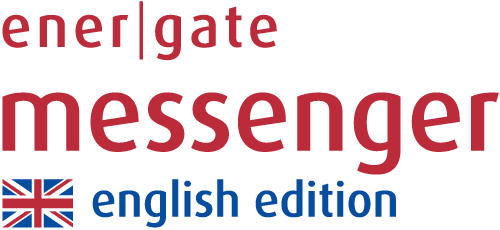

April 10-11, 2024
in Münster, Germany
Conference in the framework of the Battery Conference 2024
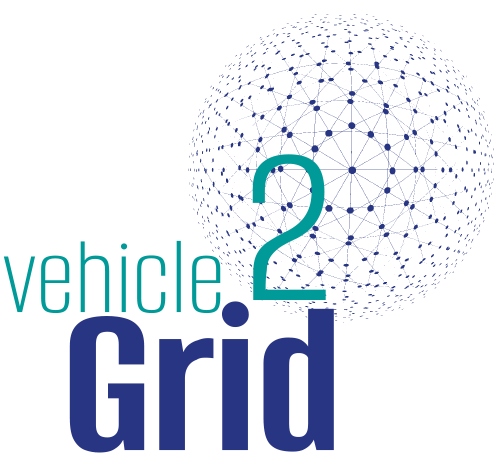
April 10–11, 2024
in Münster, Germany
Conference in the framework of the Battery Conference 2024
April 27-28, 2023
in Aachen, Germany
Conference in the framework of the Battery Conference 2023
Hybrid Conference:
Conference language
is English
Vehicle-to-grid, Vehicle-to-home and Smart Charging
Technical and systemic perspectives from industry and business
Electric car batteries can do more than just move cars! From an economic and ecological perspective, it makes sense to use electric vehicle batteries for grid stabilization in the future. By 2030, there could already be a controllable potential of up to one hundred gigawatts, which is far more than the output of all current storage types combined.
At Vehicle-To-Grid, discuss with experts from business, the public and science how this potential can be realized in your organization or field of activity! The focus will be on implementation possibilities within the next few years.
When visiting the conference, you can also attend individual keynote lectures free of charge as well as the complete poster contributions of the Advanced Battery Power 2023 taking place in parallel.
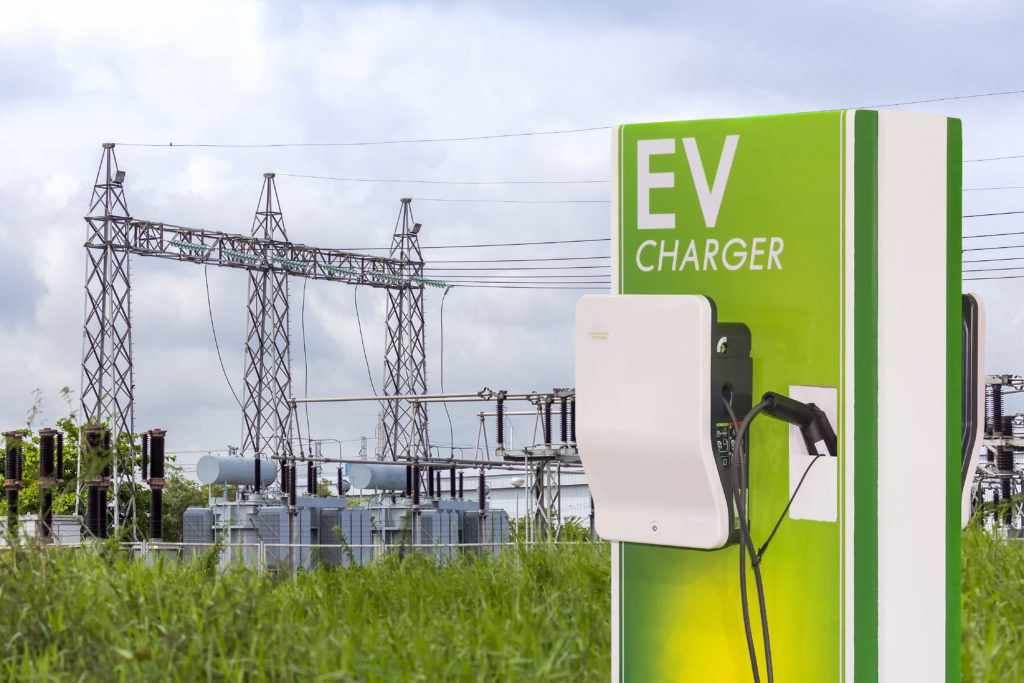
What is Vehicle-to-Grid respectively Vehicle-to-Home?
With vehicle-to-grid and vehicle-to-home, the battery of an electric vehicle is not only charged, but also discharged. The designation changes depending on which goal is being pursued. With vehicle-to-grid, energy is stored from the battery when the power grid needs it, e.g. to replace renewable generation, for local grid stabilisation or to provide balancing power. Vehicle-to-home (or vehicle-to-building), on the other hand, means that the vehicle battery is used either to consume more energy locally from one’s own PV system, to provide an emergency power supply or to reduce the load peaks of electricity consumers. If you are also working on these concepts, we look forward to welcoming you.
What means Smart Charging?
Smart charging means that a vehicle is charged when this is particularly favorable. This can mean, for example, that a surplus of (locally generated) green electricity is available or that there is currently too much energy available in the power grid. Conversely, this also means that charging is reduced or interrupted when electricity is currently in short supply.
How much storage capacity will be available?
An exact estimate is difficult, as it depends on many different variables. Currently, about 56 gigawatt hours are installed in cars. In 2030, this value could grow to several 100 gigawatt hours, which would correspond to a multiple of today’s storage capacities. How much of this capacity can actually be used is difficult to estimate. However, since vehicles are usually stationary for 23 hours a day and virtually never more than 10% of the vehicles are in motion at any one time, very high values can be expected. If you have ideas and questions about how these capacities can be used, we look forward to your participation!
What are current hurdles?
Currently, secured capacities must be available for grid services. This means that it must be guaranteed that a certain energy and power must be held in reserve in case of doubt and cars could not move freely. However, rule changes are likely here. In addition, the necessary technical standards ISO 15118-20 and OCPP 2.0 are not yet widespread. Therefore, current technical solutions are not always compatible. However, this should also change in the near future. Do you work in this area or have alternative suggestions? Then please come and participate in our discussion.
What are effects on battery aging?
Compared to the current status quo (full charging of vehicles upon arrival), the vehicle battery benefits from intelligent charging – with and without additional battery activity. The reason for this lies in a special feature of the lithium-ion batteries used, which age both calendrically (aging by existence) and cyclically (aging by work). The calendar life is shortest when the battery is fully charged. Smart charging, vehicle-to-home, and vehicle-to-grid reduce the average state of charge and thus extend the lifetime. However, even additional cycles are unlikely to accelerate aging if up to a maximum of 20 percent of the battery’s energy is drawn in a cycle (citing Hecht and Figgener, PV Magazine).
How far along are the technology and the market?
All the important components are ready and will be transferred to the mass market in a timely manner. When exactly this will happen is best discussed with our speakers at the conference.
Five focus topics along the value chain:
01
Practical projects
The conference places great emphasis on the practical implementation of ideas, which is why the “Practical Projects” session is dedicated to projects that have been carried out to date. Here, protagonists from all areas of the value chain share their experiences from field tests, practical projects and the commercial operation of bidirectional vehicles that have already been carried out.
02
Charging infrastructure
The charging infrastructure is experiencing dynamic and rapid development cycles, and for a long time now a modern charging point has been able to do much more than just supply electricity. Charging infrastructure provides the central communication interface between vehicles on the one hand and home energy management systems, grid operators, aggregators, etc. on the other. Especially in the bidirectional area, DC connections are often used, which is why the charging points have to provide alternating current rights approved for the grid. In this session, charging infrastructure manufacturers, operators and other protagonists in the charging infrastructure ecosystem will speak.
03
Vehicles
Bidirectional charging is transforming the vehicle from a pure consumer to a protagonist in the electricity market of the future. In order to successfully implement new applications and business models, vehicle manufacturers are facing new challenges. Vehicle batteries must be energy-efficient to represent more cycles and new communication interfaces must be implemented safely – all this without jeopardizing the primary purpose of the vehicle: To reliably transport people and goods. In this session, automotive companies share their experiences and current ambitions in this area.
04
System integration
With vehicle owners, aggregators, energy companies, backend operators, vehicle manufacturers, grid operators, and many more, there is a great diversity of players in the field of bidirectional charging. In this session, we will focus on concepts of how all protagonists can be integrated into a common value chain and thus achieve system integration.
05
Grids
The question of whether electromobility will strain or overload the electricity grids is a major concern for many citizens. The background to this is that an expansion of the electricity grid often takes years or decades and sometimes fails due to resistance from the local population. Electromobility, on the other hand, is growing much faster. During the conference, our speakers will show how electromobility can stabilise the grids and prevent them from being overloaded.
Selected international speakers 2023
Well-known speakers will highlight the focus topics “V2G and V2H from a vehicle perspective”, “V2G, V2H and smart charging from a charging infrastructure perspective”, “Pilot projects and demonstrators” and “System integration”.
Michael Schreiber
Head of EV Aggregation Platform
The Mobility House GmbH

M. Sc. Jan Figgener
Head of Department Grid Integration and Storage System Analysis
RWTH Aachen, Institute for Power Electronics and Electrical Drives

M. Sc. Christopher Hecht
Grid integration of batteries and storage system analysis
RWTH Aachen, Institute for Power Electronics and Electrical Drives

Lennart Hoffmann
Project Manager – EV V2G & battery flexibility
Next Kraftwerke GmbH
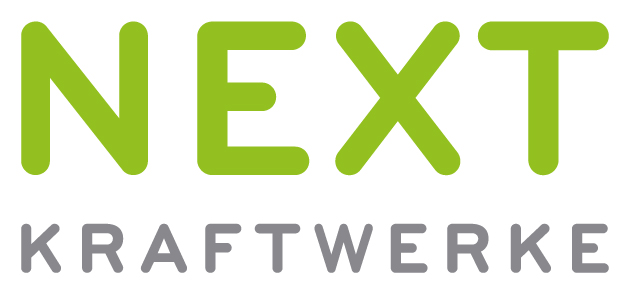
Dennis Schulmeyer
Founder and CEO
LADE GmbH

Norela Constantinescu
Head of Section Innovation at ENTSO-E
European Network of Transmission System Operators

Dr. Stefanie Wolff
Managerin Elektromobilität Europa
NOW GmbH

Dr. Andreas Kammel
Senior Manager
TRATON SE

Jürgen Werneke
Head of Research and Development
Hubject GmbH

Dr.-Ing. Marc Mültin
Founder & CEO
Switch EV Ltd

Dr. Stephan Hell
Director Product and Project Management Charging Solutions
KOSTAL Industrie Elektrik GmbH

Quentin Maitre
Chief Marketing Strategy &
Development Officer
DREEV

Markus Wunsch
Head of E-Mobility Power System Integration
Netze BW GmbH
Prof. Mattia Marinelli
Head of Section on E-mobility and Prosumer Integration
Technical University of Denmark

Sebastian Bösche
eMobility Consultant
umlaut energy gmbh

Jorg van Heesbeen
CBO – Co-Founder
Jedlix
Prof. Andreas Ulbig
Head of Institute
RWTH Aachen
Prof. Dr. rer. Nat. Holger Hesse
Fakultät Maschinenbau,
Hochschule Kempten
Ilona Friesen
TÜV Rheinland Consulting GmbH
Esben Hvid Jørgensen
Lead Data Scientist
Clever

Bram van Eijsden
Energy Development Manager
TotalEnergies Marketing Nederland N.V.
Sebastian Lahmann
Nationale Leitstelle Ladeinfrastruktur/NOW GmbH

Dr. Martin Beuse
Director Corporate Development and Battery Business
HagerEnergy GmbH
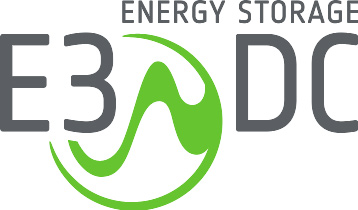
Jan Burkhart
Hager Electro GmbH & Co. KG
Interactive exchange of business and science
Each agenda session ends with a time slot for your personal questions and discussion with the speakers and participants. The speakers will be available for discussions during the conference.
With the accompanying public poster session, scientific content, research results and ideas are communicated in a direct dialogue. The researchers will be at their posters and will be available to answer questions from visitors. The integration of the conference into the international Battery Power Conference offers a broad spectrum for encounters and intensive exchange.
If you look at the topic of bidirectional charging as the future of electromobility, the following terms automatically come up:
Vehicle to Grid (V2G), Vehicle to Home (V2H), Smart Charging (V1G), and Vehicle-to-Building (V2B) are different modes of operation related to (bidirectional) charging.
For the grid connection of the electric car, charging infrastructure with Combined Charging System (CCS) or CHAdeMO standard is required, the former in combination with the communication protocol ISO 15118-20.
Via the Open Charge Point Protocol (OCPP) version 2.0, back-end operators, aggregators and energy companies can interconnect the individual regenerative electric vehicles to form virtual power plants and thus contribute to grid stabilization.
On the part of the distribution system operators and transmission system operators, there is great interest in opening up the control reserve market for electric vehicles so that they too can provide control reserve analogous to stationary storage.
In order to bring these concepts to market, issues around battery aging, regulatory, digital resilience and (open) protocols still need to be discussed.
This means that OEMs (vehicle manufacturers), network operators and end customers (vehicle owners) as well as industrial companies and service providers that operate and charge vehicles are all involved. Billing companies and lawyers must also be involved. This shows the complexity of the issue.
From an economic and also ecological point of view, it seems extremely attractive to use unused or hardly used and expensive energy storage capacities for the grid stabilization of the electric power grid. In this way, the construction of power lines can be partially avoided and, in the best case, periods without wind and solar yields can be bridged. The legal framework conditions are important for this.
These and other topics will be covered at the V2G conference offered here.
The conference will take place parallel to the international conference Advanced Battery Power. The keynote lectures in English as well as the exhibition and the poster session are equally accessible to both groups of participants. It is even possible to attend the parallel sessions of the other conference.






